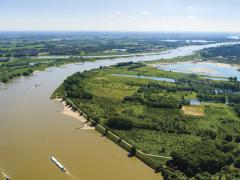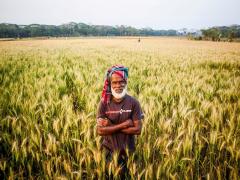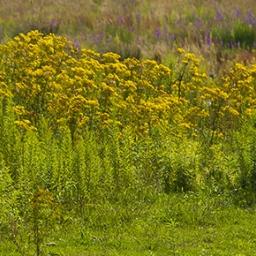Opportunities for the Action Agenda for Nature and People
The ‘Action Agenda for Nature and People’ of the UN Convention on Biological Diversity (CBD) has potential to become a powerful vehicle for increasing the ambition level of global biodiversity policy and move towards rapid and scalable implementation. It can also help to build a positive momentum for global biodiversity conservation in the run up to COP-15 in China in 2020.
Opportunities for other actors
At CBD COP-14 in Egypt in 2018, Parties decided to encourage non-state and sub-national actors to make voluntary commitments that contribute to the CBD objectives and the post-2020 biodiversity framework. In addition, the ‘Sharm El-Sheikh to Kunming Action Agenda for Nature and People’ was launched to catalyse non-state and sub-national initiatives that could ‘bend the curve of biodiversity loss’.
Stronger involvement and commitment by non-state and sub-national actors (e.g. cities, regions, indigenous peoples and local communities, companies, and civil society organisations) to contribute to biodiversity conservation could be a feasible and impactful way forward.
Benefits of stronger participation
Benefits of non-state and sub-national actors in the post-2020 biodiversity framework include:
- engaging more and more diverse actors in halting biodiversity loss;
- providing a platform to showcase ongoing non-state and sub-national biodiversity action;
- mainstreaming biodiversity into relevant economic sectors and across society;
- building a positive momentum around global biodiversity conservation in the run up to COP-15 in China in 2020;
- building confidence for governments to adopt more ambitious biodiversity goals at COP-15, knowing that non-state and sub-national actors support stronger action;
- fostering innovative and experimental partnerships and initiatives breaking gridlocks;
- providing governance functions that complement public policies, such as new standards and commitments, funding, the creation and dissemination of information and execution of projects.
Cooperative initiatives already in progress
The policy brief finds that public, private and civil society actors are already engageing in a plethora of international cooperative initiatives. It identifies 331 international cooperative initiatives forming a crowded and diverse governance landscape, with increasing participation of private and civil society actors, and including public, hybrid and private organisational forms of collaboration. A transnational regime complex for global biodiversity governance is emerging and will likely continue to develop ‘beyond the CBD’, involving thousands of non-state and sub-national actors in the quest for halting biodiversity loss, but retaining a strong role for governments and other public actors. As it turns out, existing international cooperative initiatives align well with the current goals of the CBD and the Aichi targets.
How can the CBD fully harness the potential of existing international cooperative initiatives for biodiversity for the ‘Action Agenda for Nature and People’?
We suggest that, at this stage, leadership is key to make the Action Agenda an effective part of the post-2020 framework. Leadership is urgently needed to provide impetus; to structure and coordinate activities; and, build and maintain coalitions and partnerships. We suggest the following actions prior to COP-15:
- Further develop the narrative for the Action Agenda, including explanation of its priorities, functions and purpose, and communicate this widely.
- Generate as many voluntary commitments by non-state and sub-national actors, and countries as possible and showcase them at the portal for the Action Agenda.
- Link the Action Agenda for Nature and People to other action agendas and portals, such as on climate change, oceans, and the SDGs.
- Limit the administrative burden related to the making of commitments, but with some basic process criteria to ensure credibility.
Challenges to CBD
We also identified some challenges for the CBD in developing and implementing the Action Agenda successfully. These include answering questions such as: Who should coordinate non-state and sub-national biodiversity action and how? How to avoid that national governments shirk established norms and responsibilities under the CBD, referring to action being carried out outside the formal negotiations? How to know if international cooperative initiatives contribute to achieving biodiversity goals? How to avoid greenwashing and ‘bluewashing’?
Further involvement of non-state and sub-national actors in the post-2020 global biodiversity framework could be a positive contribution to achieving new globally agreed targets. A first step would be to harness the potential power of those thousands of cities, civil society organisations, companies, indigenous peoples and regions that are already taking action for biodiversity in international cooperative initiatives. Showcasing their concrete actions could help to increase state ambitions, by showing the willingness of non-state and sub-national actors to take action within their respective sectors and realms. However, to create a strong Action Agenda in the coming 18 months, leadership from the CBD and its parties is needed.
See also
Authors
Specifications
- Publication title
- Opportunities for the Action Agenda for Nature and People
- Publication date
- 27 June 2019
- Publication type
- Publication
- Product number
- 3630




